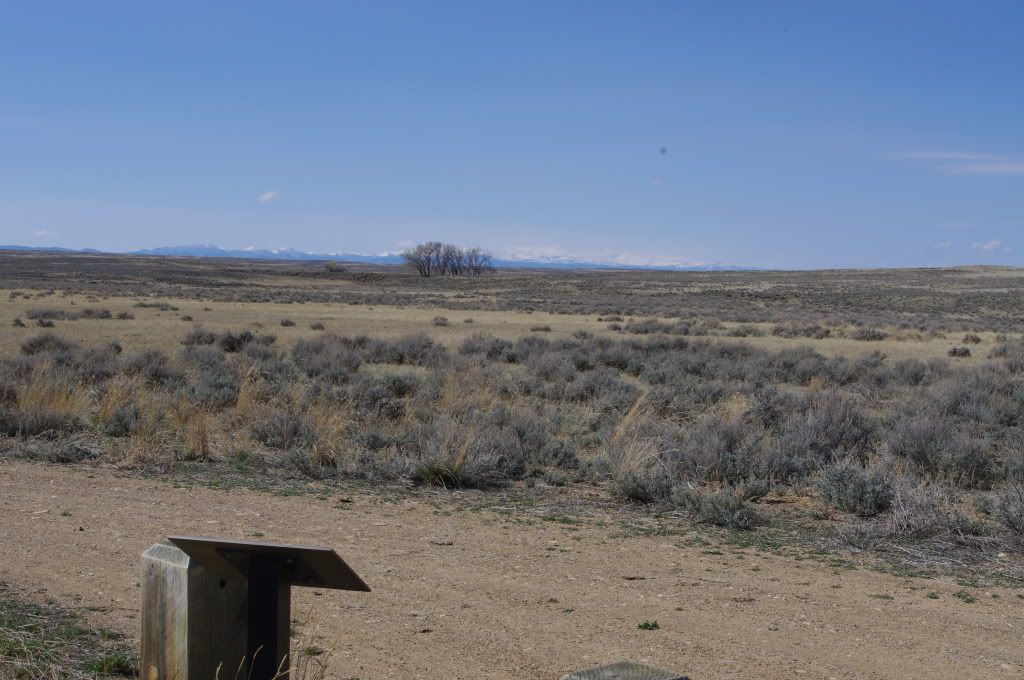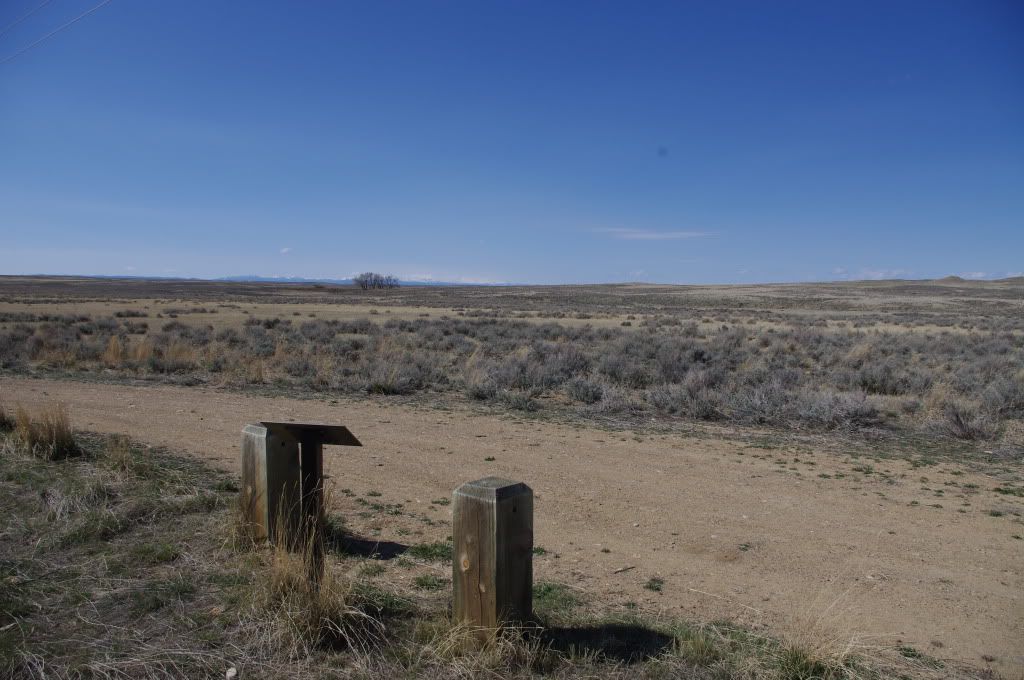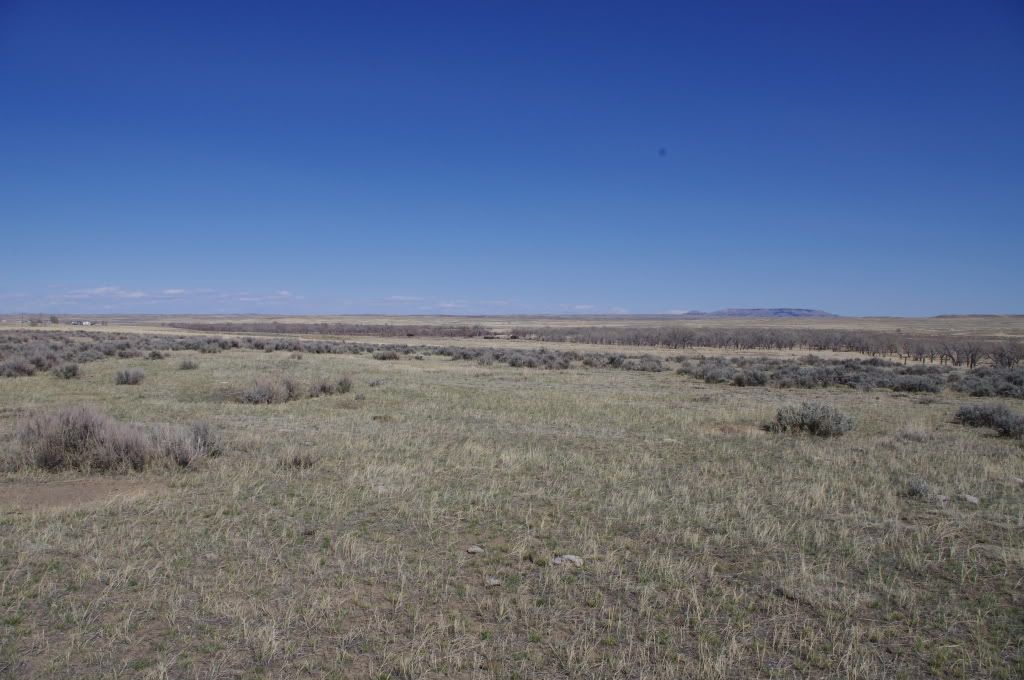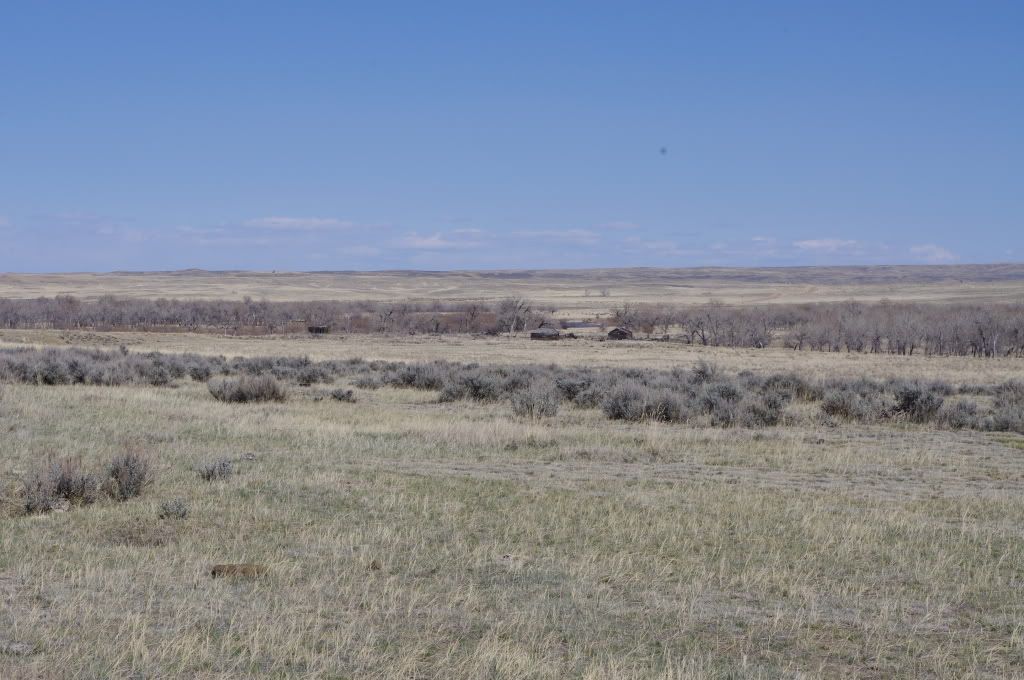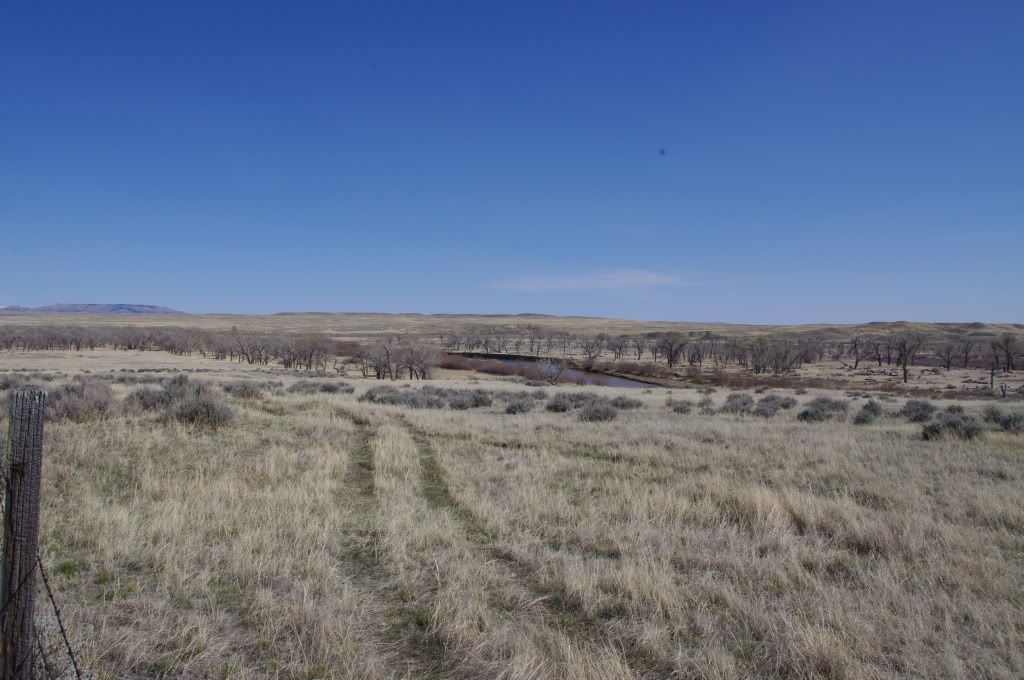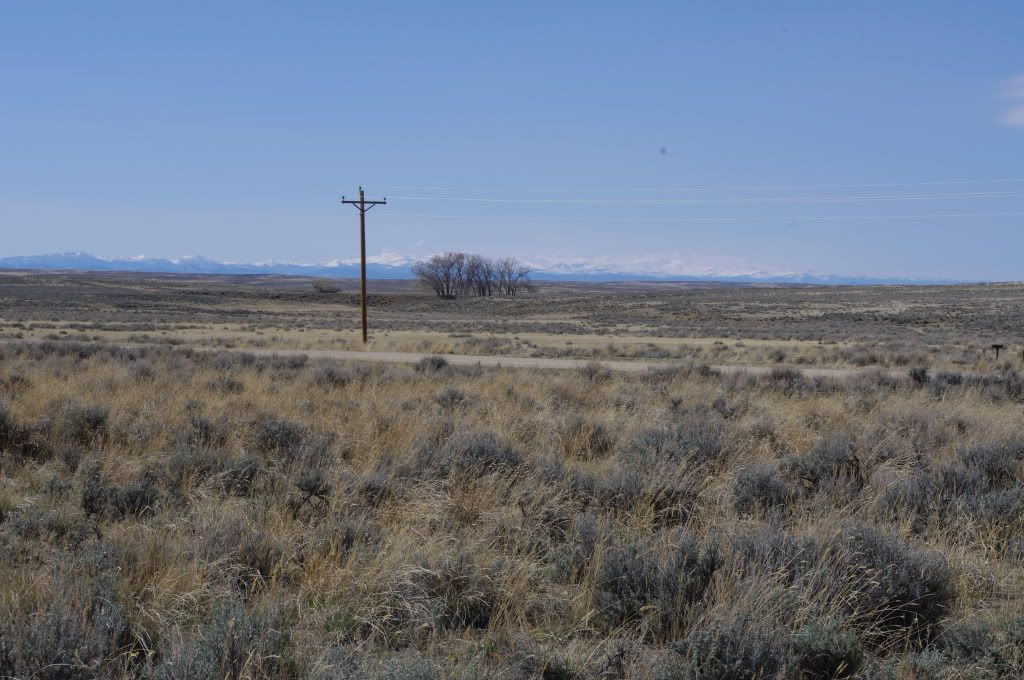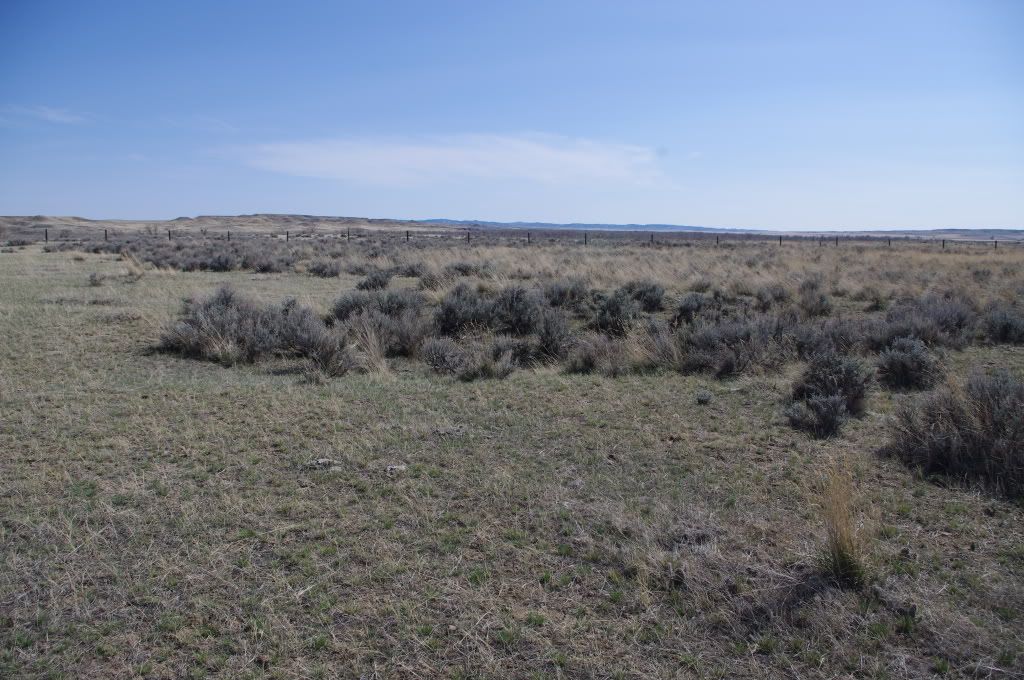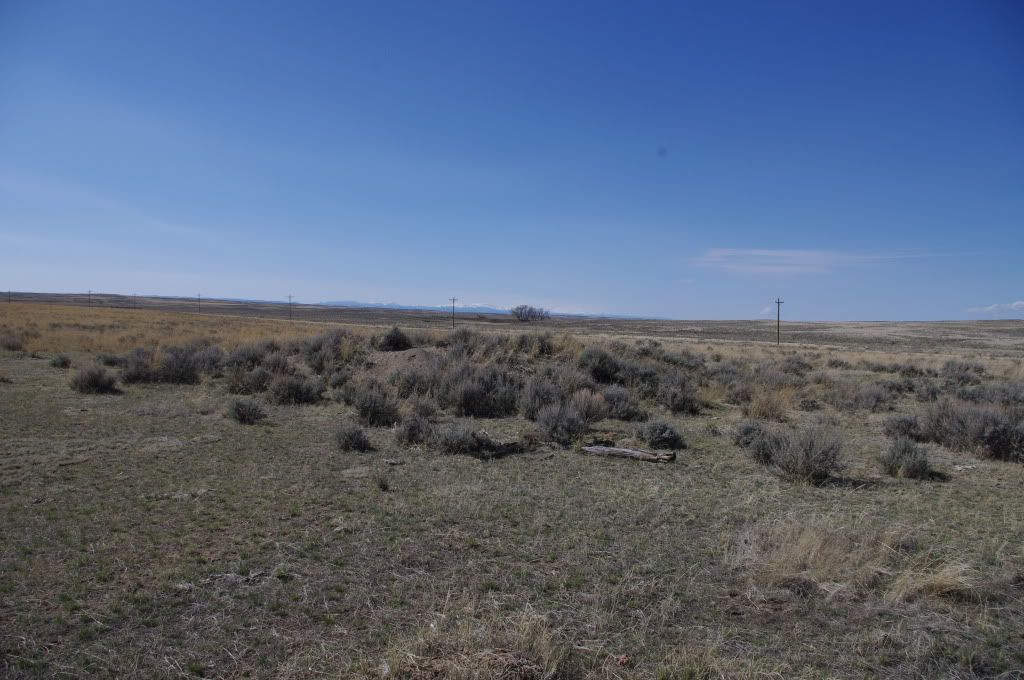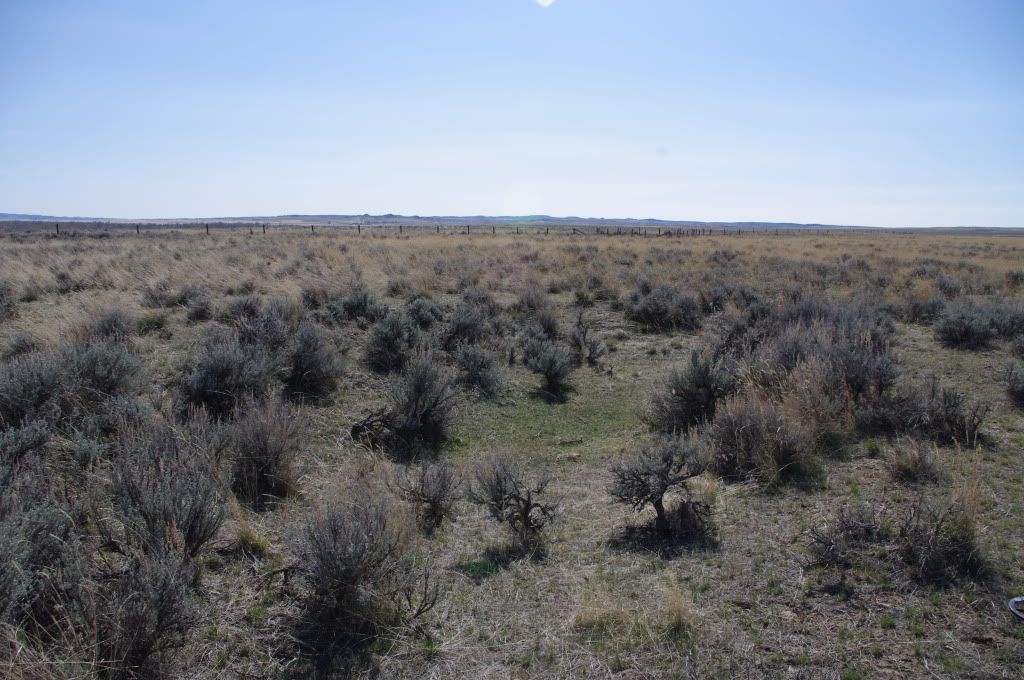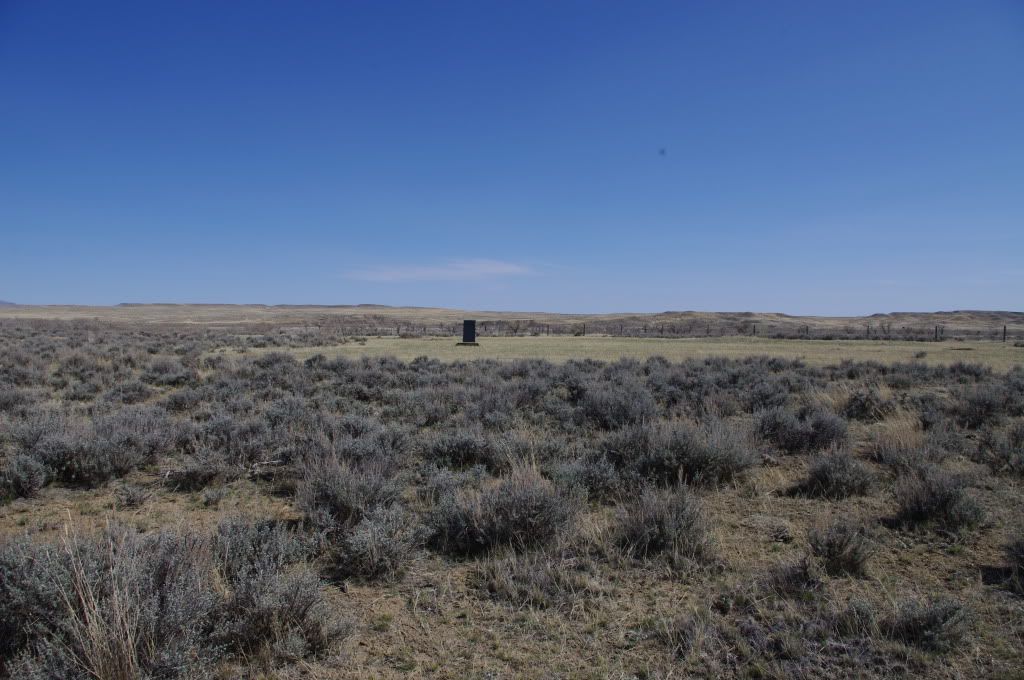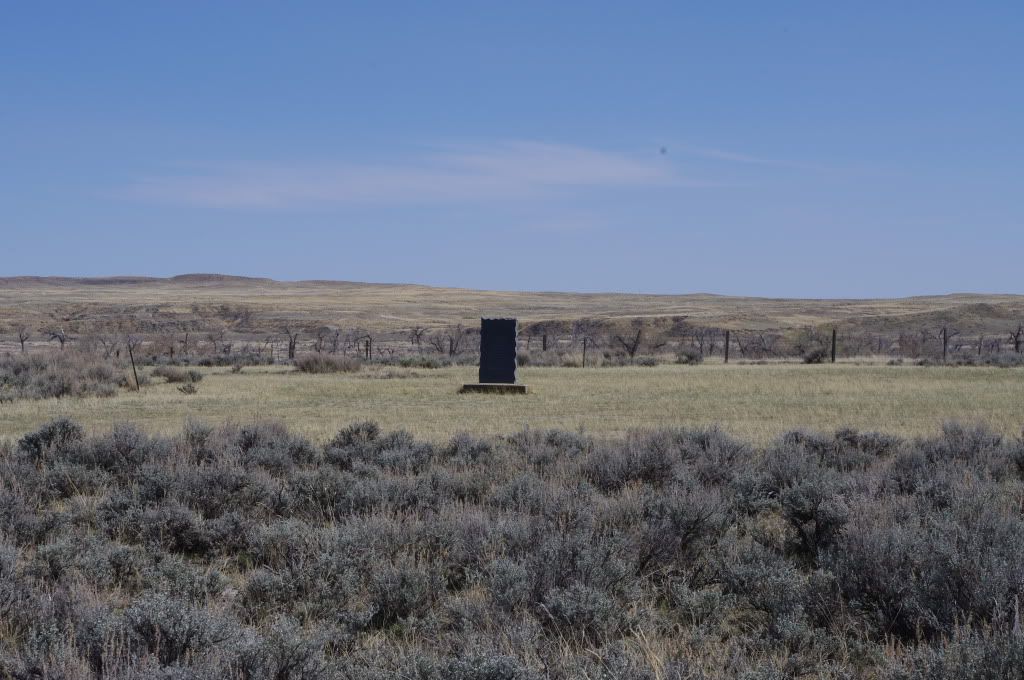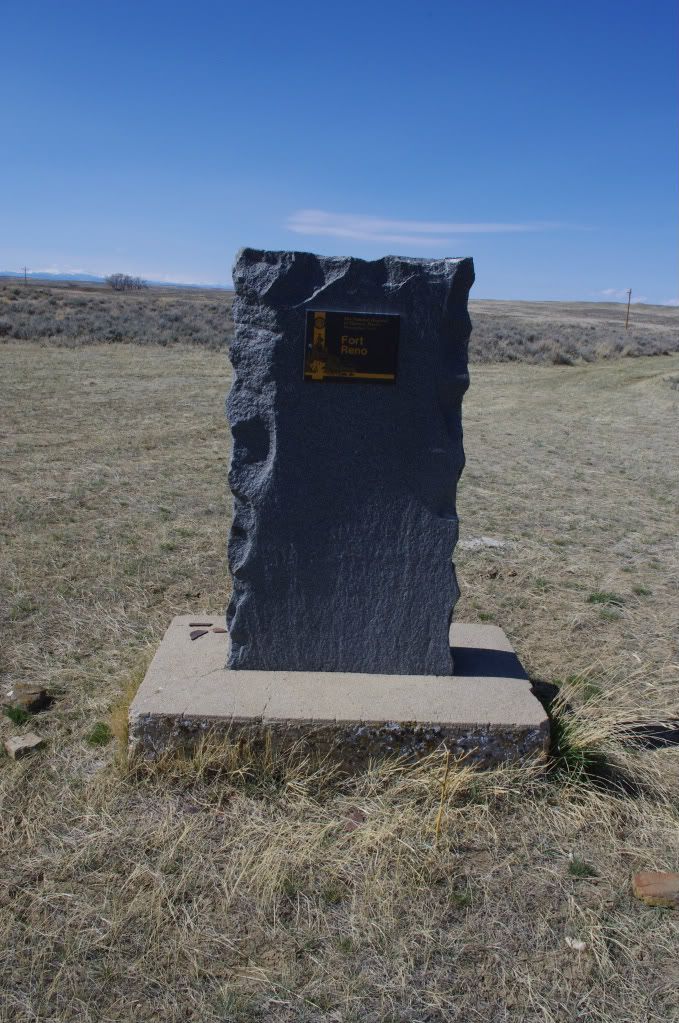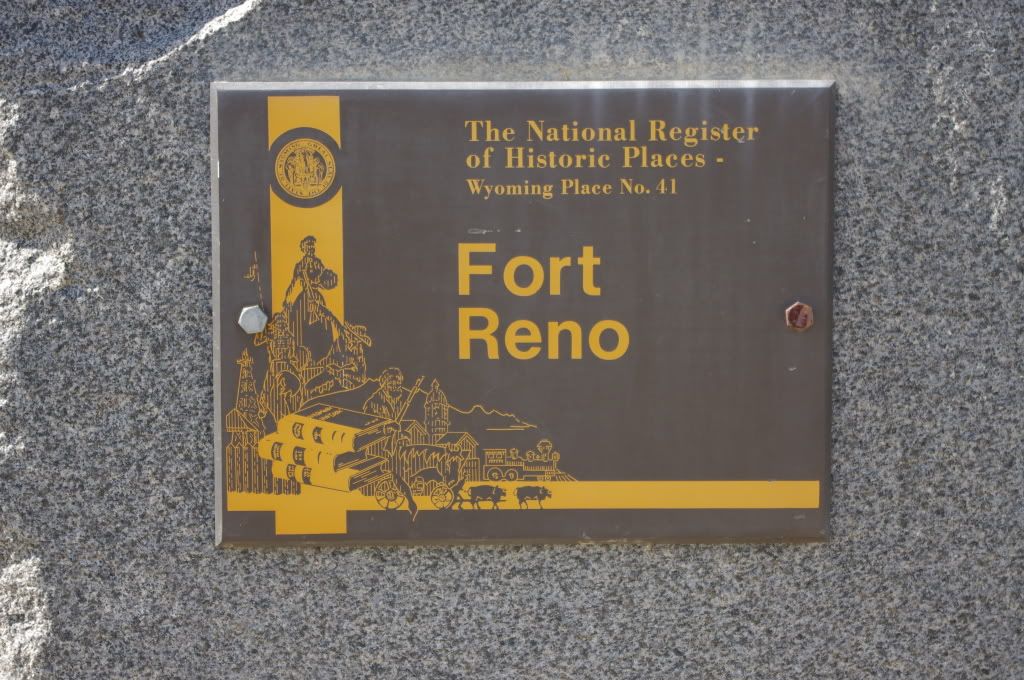
Ft. Reno was the earliest of the Powder River Basin and the southernmost fort to be dedicated to the "Bloody" Bozeman Trail. It was was the next fort south from Ft. Phil Kearney, which didn't make it close by any means. It was probably something like a good 30 to 40 mile ride on the Bozeman from the post to Ft. Phil Kearney, making it basically unable to render, or receive, any effective assistance from that post. It was equally isolated to the south, with Platte Bridge Station, an Oregon Trail station, being the next Army installation to the south. Platte Bridge Station was probably something like 60 miles or more as the crow flies.
In other words, Ft. Reno was out there by itself.
Unlike Ft. Phil Kearney the post wasn't constructed as part of an immediate post Civil War effort to protect the Bozeman Trail. Ft. Reno was actually the first post built in the Powder River Basic, and it would be the last abandoned. It was originally constructed in 1865 by the 6th Michigan Cavalry, commanded by Patrick Connor, for his 1865 Powder River Expedition. It was a cantonment, that is a supply depot, built for that purpose. It was almost immediately renamed Ft. Reno, and the Michigan cavalry rode off almost as soon as they built it, leaving it for the 5th U. S. Volunteers (Galvanized Yankees) and 70 mounted scouts of Company A, Omaha Scouts. So, in its early days, it was occupied by dispossessed Confederates and native scouts.
In 1866 Carrington's command of regulars relieved the Civil War 5th U.S. Vol and rebuilt the fort. It was added on to in 1867. Like Ft. Phil Kearney, it had a stockade. Stockade construction would have had to rely on cottonwoods, which would have made it quite the project. The post was abandoned in 1868 as a result of Red Could's War, and they burned it down. Not much is left today, and it's very much out of the way, as these photographs will demonstrate.

State of Wyoming marker showing the fort's evolution.

The sign above, looking out on where the post had been.


State of Wyoming depiction of what the fort had looked like, based on period depictions.



Looking out towards where the fort once was. The Powder River (which will be in an upcoming photograph) is between the foreground and the horizon, but is not visible in these photographs. In the last two photographs, you can actually see the foundation of a building, which appears as a tiny little rise. However, the rise is perfectly square, and is the remnant of a small structure.
